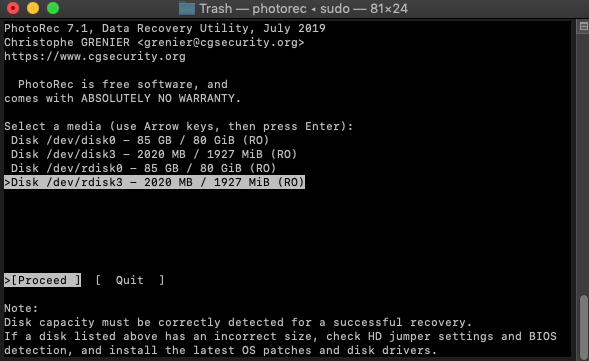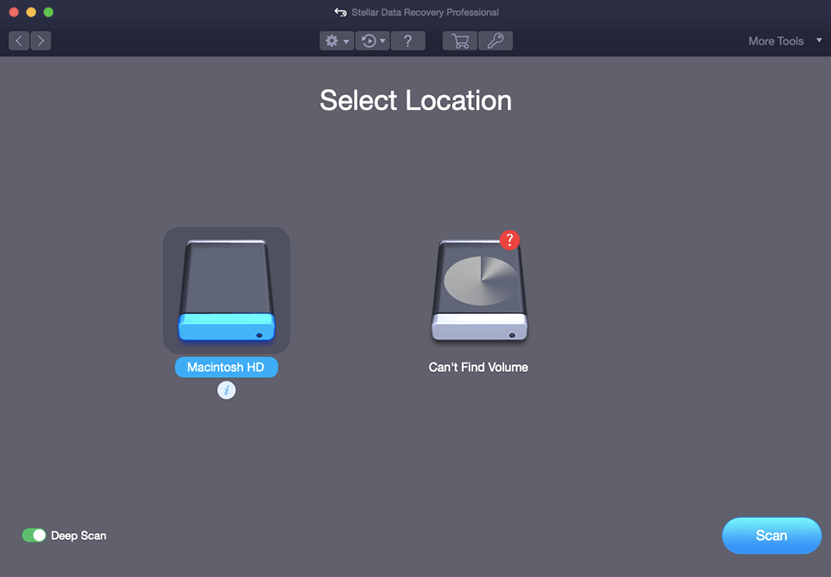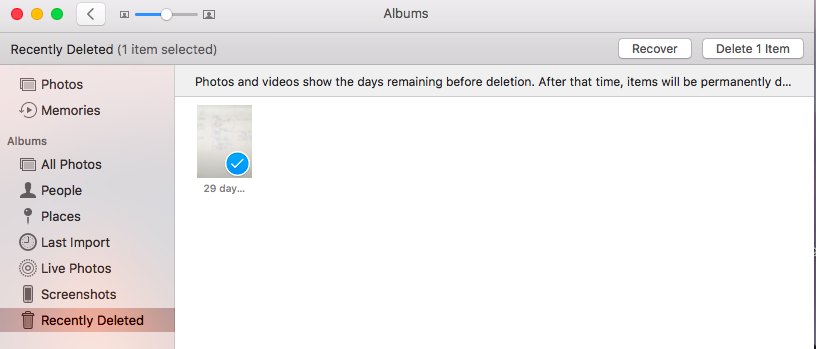

- #Search for deleted files mac how to
- #Search for deleted files mac download
- #Search for deleted files mac mac
#Search for deleted files mac mac
Removing files from your Mac forever using Terminal is deceptively simple: just use the rm command followed by the name of the file.
#Search for deleted files mac how to
How to use delete file command line feature Just take a look at the sheer amount of files it unearthed.
#Search for deleted files mac download
Among other things, this app has an impressive System Junk detector. When you download CleanMyMac X (this free version is notarized by Apple), you need to click on System Junk. To dig these files out, try a free version of CleanMyMac X. Still, deleting them could give your Mac an extra boost - that's because they are outdated and clutter your macOS. These are such files as logs, broken downloads, caches, remains of old apps, etc. Some files are hard to delete in a normal way because they sit deeply in system folders. While it lets you avoid any error messages, it also removes the files completely, without any possibility of retrieving them later on. Note: The Mac command line delete file feature is final and irreversible. Delete files and folders in cases when Finder is unresponsive.Get rid of files that are invisible to you within Finder (usually system or root files, for example.Remove files from Trash, including ones you can’t delete by simply emptying the trash.Effortlessly erase one or multiple files, folders, and apps, bypassing any error messages you can get when you go the traditional route.With regards to delete file or delete folder command line functionality, Terminal lets you:

Why delete file command line feature is important

Since macOS is a Unix-based system, nearly all system tasks you do every day with the help of its graphic interface can also be performed via the command line tool called Terminal. Let’s see how and why you should learn it too. Experts, however, often find themselves defaulting to the command line delete directory feature. Others employ the ⌘ + Delete shortcut, which works across the system (even within dialog windows). But how do you do that? Most people right-click on what they need gone and choose Move to Trash from the menu or use the File option in the menu bar. If you never get rid of anything, soon enough all those extra gigabytes will take a toll on your Mac’s processing power, RAM, and hard drive, not to mention your digital life will resemble a dreadful episode of Hoarders. One of the most basic computer functions - deleting files and folders - is also one of the most essential. But to help you do it all by yourself, we’ve gathered our best ideas and solutions below.įeatures described in this article refer to the MacPaw site version of CleanMyMac X. So here's a tip for you: Download CleanMyMac to quickly solve some of the issues mentioned in this article.


 0 kommentar(er)
0 kommentar(er)
